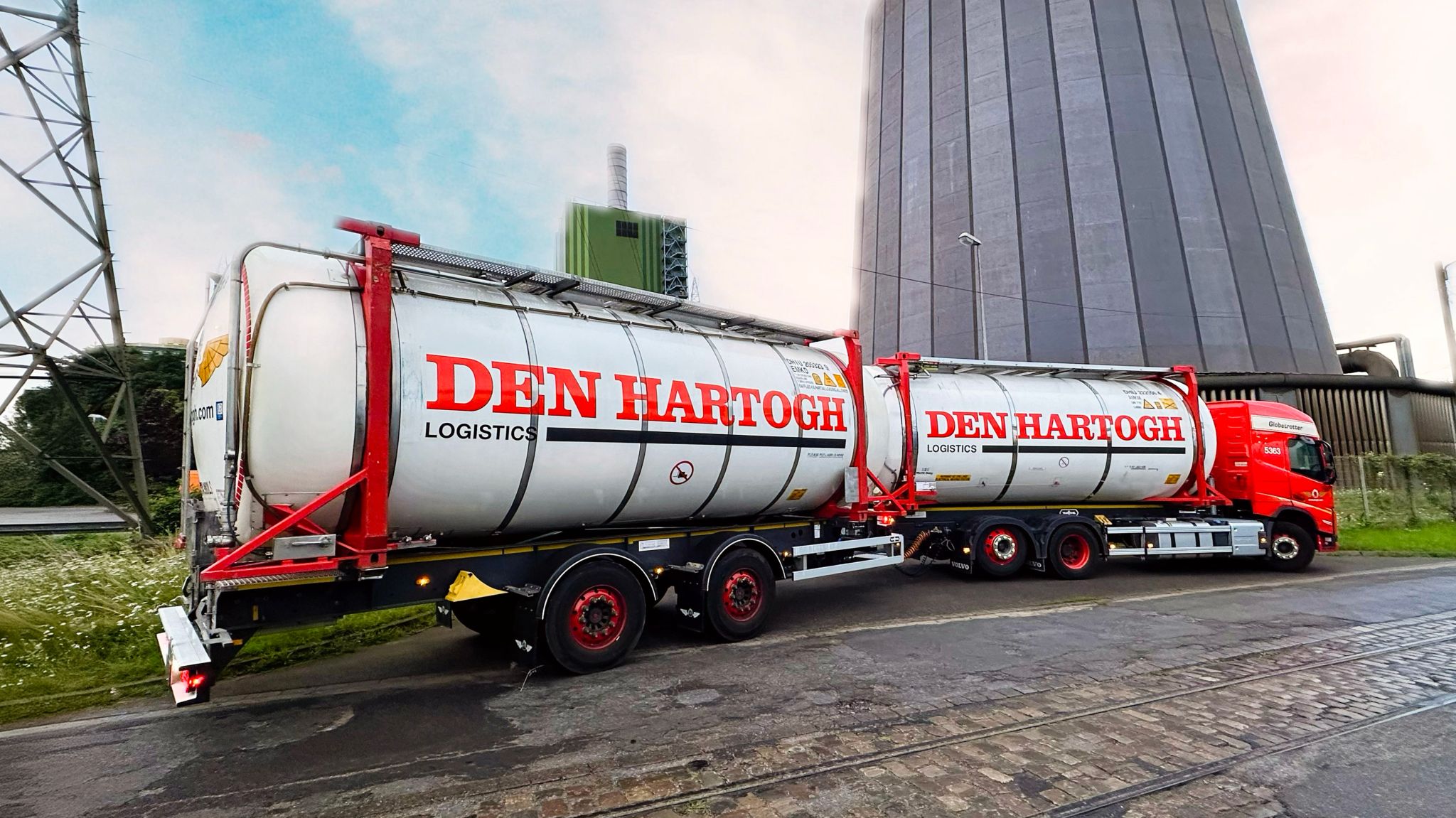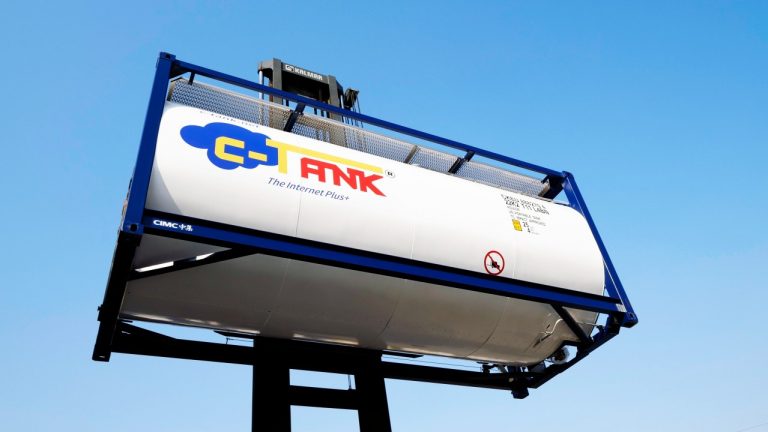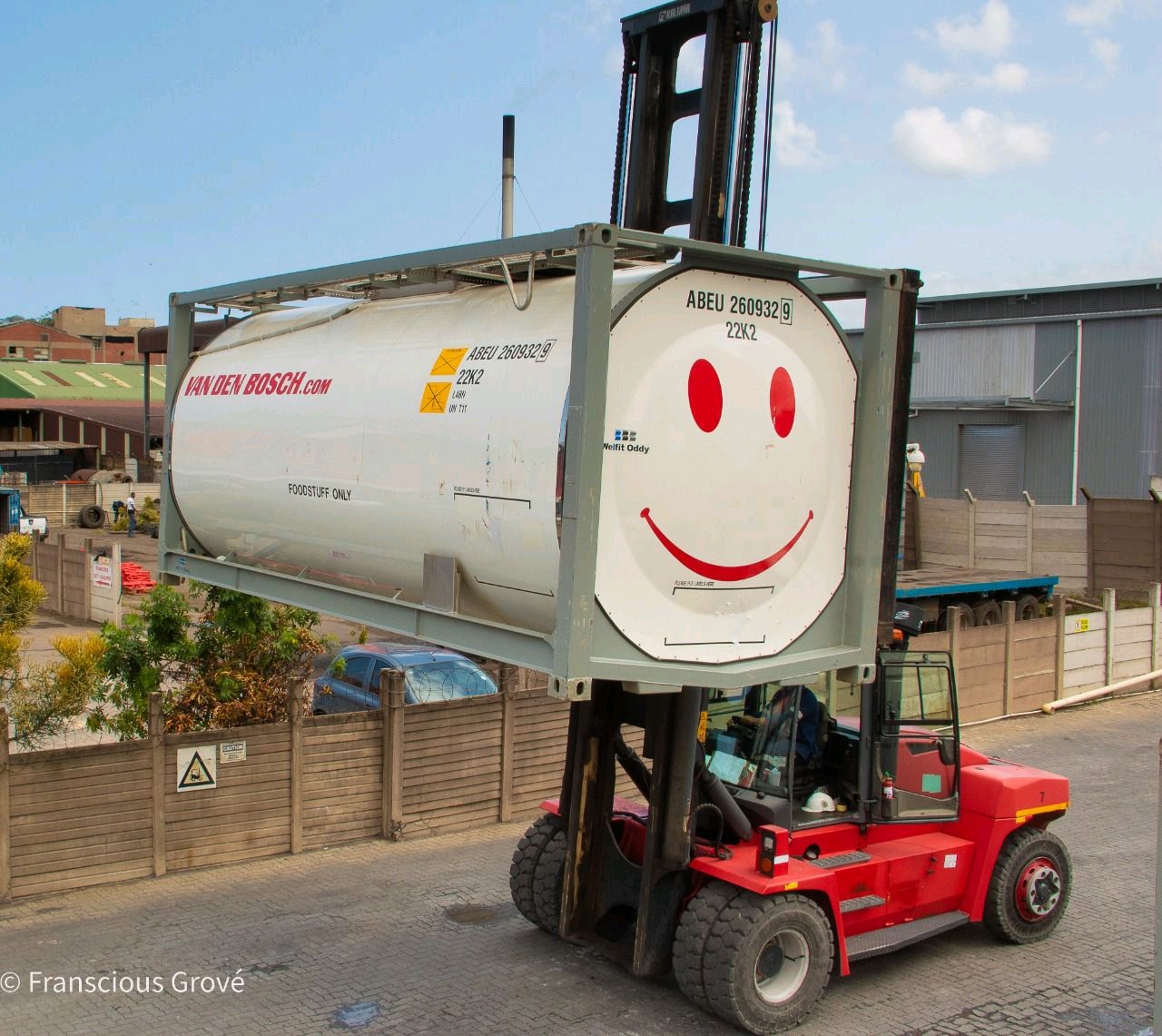In the world of bulk chemical transportation, the design of ISO tank containers represents a critical balance between efficiency and capacity. For businesses in the chemical industry, choosing the right container involves more than just understanding its size; it requires an appreciation of how design impacts both operational efficiency and overall cost-effectiveness.
Understanding the Trade-off
ISO tank containers are designed to transport bulk chemicals safely and efficiently. However, optimizing these containers involves navigating a trade-off between efficiency and capacity. Efficiency in this context refers to the effective use of space and resources to ensure smooth operations, while capacity involves maximizing the volume of chemicals transported.’
Design Efficiency
Design efficiency in ISO tank containers focuses on how well the container supports the safe and reliable transport of chemicals. This includes features such as:
→ Insulation:
Proper insulation is crucial for maintaining the temperature of sensitive chemicals, preventing degradation or unsafe reactions. Efficient insulation design can help manage heating and cooling requirements, reducing energy costs.
→ Material Selection:
Choosing the right materials for construction affects both the durability and weight of the container. Lighter materials can reduce fuel consumption during transport, but must be balanced against the need for strength and safety.
→ Ease of Handling:
Features such as ergonomic valves, easy-to-use connectors, and efficient discharge systems enhance operational efficiency by simplifying loading and unloading processes.
Capacity Considerations
Capacity, on the other hand, involves designing containers to hold the maximum volume of chemicals while adhering to safety regulations and standards. Key considerations include:
→ Maximizing Internal Volume:
The container must be designed to utilize available space effectively without compromising safety or structural integrity. This often involves optimizing the shape and layout of the internal tank.
→ Compliance with Regulations:
ISO tank containers must meet stringent regulations regarding maximum fill levels, which affects the container’s capacity. Adhering to these regulations ensures safety and avoids legal issues.
→ Impact on Transportation Costs:
Larger capacity containers can reduce the number of trips required to transport the same volume of chemicals, potentially lowering transportation costs. However, they may also require specialized handling equipment and infrastructure.
Striking the Balance
The challenge lies in balancing efficiency and capacity to meet specific needs and constraints. For instance, while a container with a higher capacity might reduce the number of trips and associated costs, it may also introduce challenges in handling and logistics. Conversely, a more efficient design might optimize handling but limit the volume of chemicals transported, leading to potentially higher costs per unit.

Innovations and Solutions
Advancements in technology and design are continually improving how these balances are managed. Innovations such as modular designs, advanced materials, and smart tracking systems are helping companies achieve better efficiency without sacrificing capacity. These innovations enable real-time monitoring, improved safety features, and enhanced performance, providing a more comprehensive solution for the transportation of bulk chemicals.
Conclusion
The design of ISO tank containers for bulk chemicals involves a delicate balancing act between efficiency and capacity. By understanding the implications of design choices and leveraging technological advancements, businesses can optimize their container usage to achieve both operational efficiency and cost-effectiveness. As the industry continues to evolve, ongoing innovation will be key to addressing the ever-changing demands of chemical transportation
https://www.linkedin.com/pulse/efficiency-vs-capacity-balancing-act-iso-tank-container-design-npp1f/?trackingId=TmP6I0bTDMV9xc%2BQfuH6HQ%3D%3D


